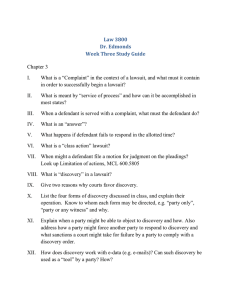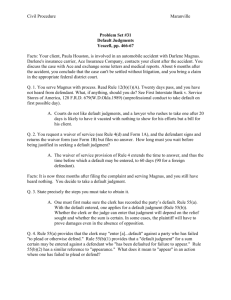Word
advertisement
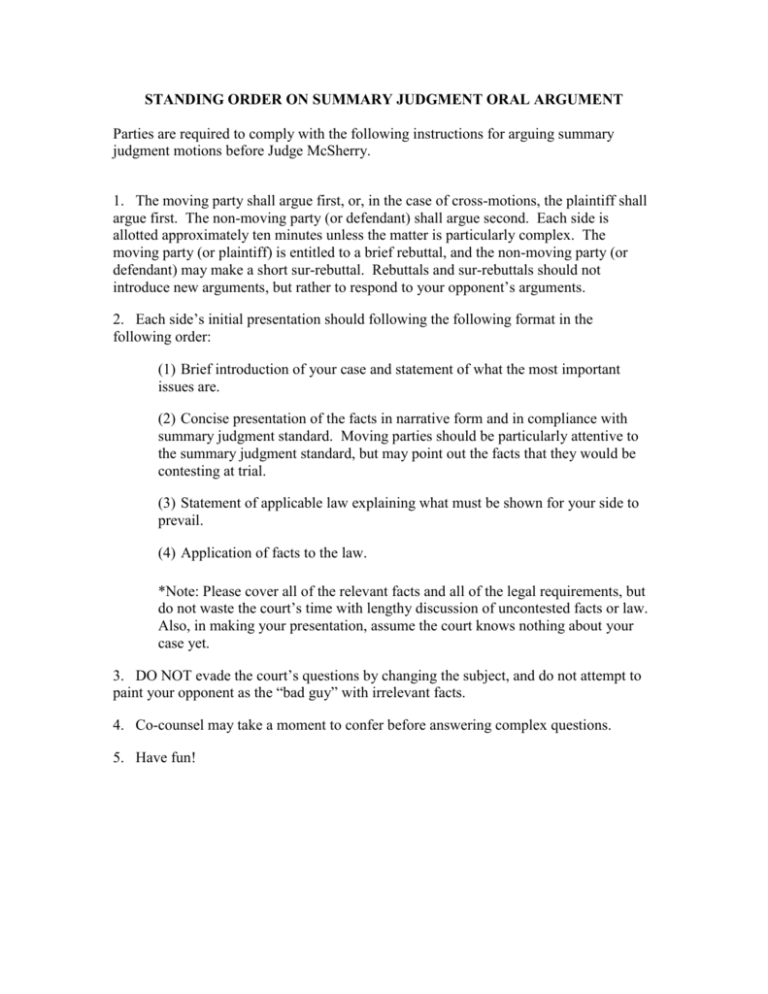
STANDING ORDER ON SUMMARY JUDGMENT ORAL ARGUMENT Parties are required to comply with the following instructions for arguing summary judgment motions before Judge McSherry. 1. The moving party shall argue first, or, in the case of cross-motions, the plaintiff shall argue first. The non-moving party (or defendant) shall argue second. Each side is allotted approximately ten minutes unless the matter is particularly complex. The moving party (or plaintiff) is entitled to a brief rebuttal, and the non-moving party (or defendant) may make a short sur-rebuttal. Rebuttals and sur-rebuttals should not introduce new arguments, but rather to respond to your opponent’s arguments. 2. Each side’s initial presentation should following the following format in the following order: (1) Brief introduction of your case and statement of what the most important issues are. (2) Concise presentation of the facts in narrative form and in compliance with summary judgment standard. Moving parties should be particularly attentive to the summary judgment standard, but may point out the facts that they would be contesting at trial. (3) Statement of applicable law explaining what must be shown for your side to prevail. (4) Application of facts to the law. *Note: Please cover all of the relevant facts and all of the legal requirements, but do not waste the court’s time with lengthy discussion of uncontested facts or law. Also, in making your presentation, assume the court knows nothing about your case yet. 3. DO NOT evade the court’s questions by changing the subject, and do not attempt to paint your opponent as the “bad guy” with irrelevant facts. 4. Co-counsel may take a moment to confer before answering complex questions. 5. Have fun!
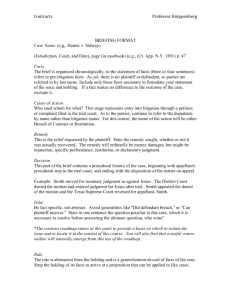

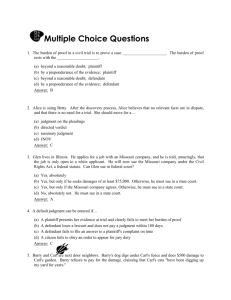

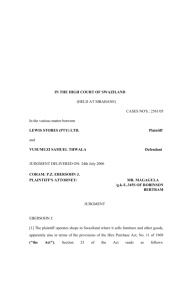
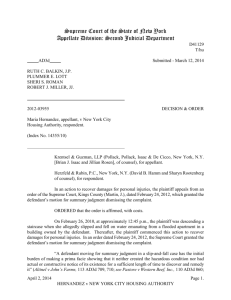
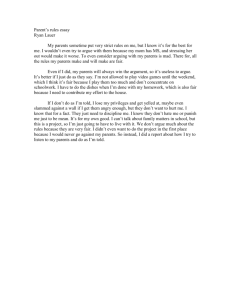
![[2012] NZEmpC 75 Fuqiang Yu v Xin Li and Symbol Spreading Ltd](http://s3.studylib.net/store/data/008200032_1-14a831fd0b1654b1f76517c466dafbe5-300x300.png)


